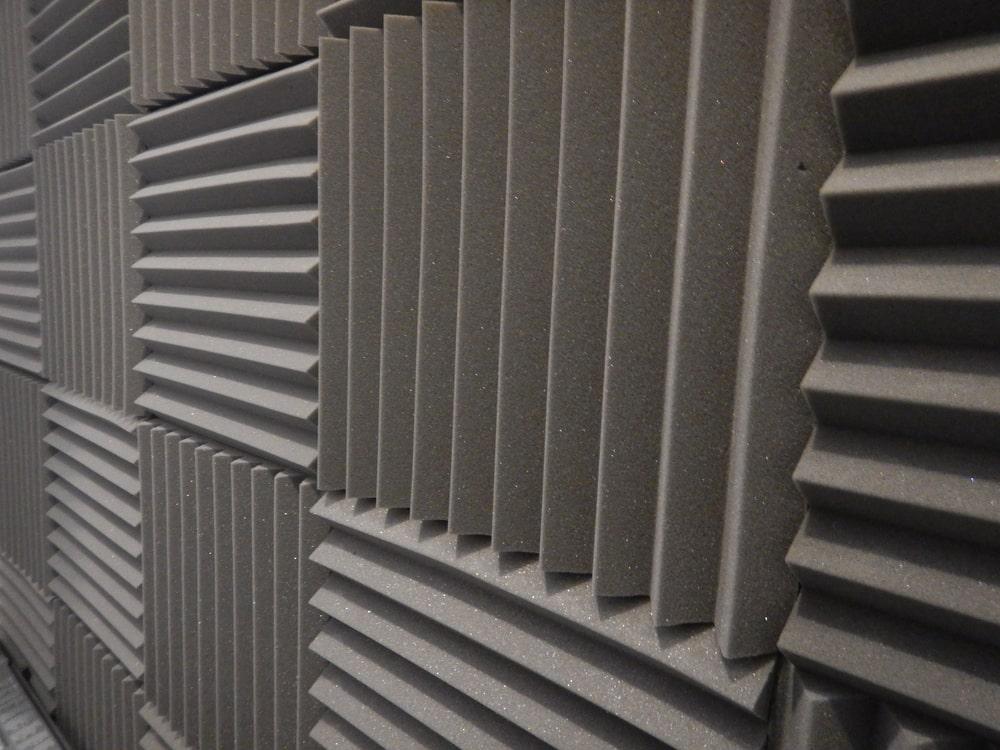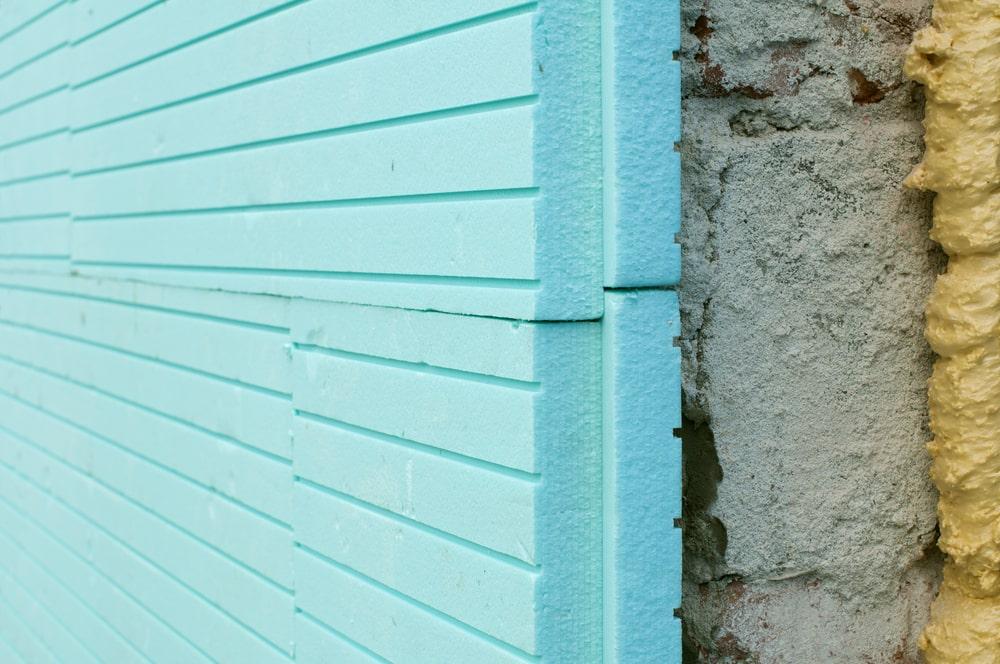Sound dampening is the process of applying materials such as cotton, felt, acoustic paneling, carpeting, insulation, and foam to reduce the amount of sound that comes in and out of an area, whether that is a car, home, studio, or anything else in which there is a desire to diminish sound.

How Does Sound Dampening Work?
The basic ideology behind sound dampening involves using a dense material in (or on) targeted areas such as walls to reduce vibrations that result from the sound. While this does not eliminate sound completely, it does provide a significant decline in how much sound transfers in or out of the area.
This is a good choice for areas such as home offices, music rooms, or other areas where either limited sound is necessary to focus or a great amount of sound is generated on a regular basis.
In most situations, it is actually important that some sound is allowed to pass beyond the sound dampening field, as this allows occupants to communicate with those outside or hear potentially significant sounds, such as those of a distressed toddler or a fire alarm.
Another advantage to sound dampening artwork is that it can reduce reverb or other detrimental side effects that can interfere with the music, microphones, or other sound-related devices.
That means that not only is it limiting the distractions of loud noises for those outside of the designated area, but it improves the quality of the sound within!
The Difference Between Dampening and Sound Proofing?
These two terms are often used interchangeably, along with “sound damping” to mean that a space is outfitted to limit the amount of sound penetrating that space. Even though this is, essentially, the case in any of these scenarios, there is a fundamental difference between these two major vibration reducing terminologies.

While it may sound like dampening involves getting something wet, its other meaning has to do with reducing sound. Proofing something, on the other hand, means to make something resistant to it, in this case – sound.
Ultimately, the difference comes down to how much noise reduction is desired.
With sound dampening, the idea is to reduce that noise, yet still allow sound to flow through in either direction. Sound proofing is intended to completely prevent any sound whatsoever from escaping the premises.
Music studios typically employ techniques to ensure sound proofing, as any uninvited sounds can interfere with the recording or cause a microphone to bleed, which is when unintended sounds are picked up by the mic.
Each type of sound reduction has its place, but the majority of circumstances are satisfied by sound dampening, and it is generally less expensive to manage than completely soundproofing a location.
How Can I Sound Dampen a Room?
This sounds like a complicated operation, but in reality, can be quite a simple process. Anything in the room itself that can prove a barrier to sound will dampen it, even carpets, house plants, and furniture.
Of course, one of the most important contributors to noise transference is openings and gaps, such as those found beneath and around doors.
In this situation, an easy way to understand how sound dampening works is to consider a window. When it is open, sounds from the outdoors are free to flow within and vice versa. When you close that window, they are muted or even completely inaudible depending on how well the window and glass are designed.
However, an acceptable level of dampening does not have to involve blocking every nook and cranny. Sometimes the desired result can be achieved simply by putting down carpeting or lining the walls with materials that absorb sound, preventing it from echoing or transferring to new locations.
One simple and easy way to soundproof a room is to make use of felt tiles.
Sound Dampening Felt Tiles
While there are many options for sound dampening materials, one of the easiest to use is felt tiles. They generally come in squares or rectangles that fit together well.

The installation process is incredibly simple.
All you need to do is plan where you want to place the tiles, use measuring tools to ensure that they will be straight and exactly where you want them, remove the adhesive tabs from the back, and place them on the wall, one at a time. Hold them in place for approximately 30 seconds, and they are good to go.
It is worth noting that the use of felt tiles is not limited to merely walls, they can be placed on the ceiling or the floor as well!
There are other advantages to using felt tiles for sound dampening, as well. They come in a variety of color options which makes your sound dampening endeavor an opportunity to express your creative genius.
You can create dazzling patterns that are both attractive and evoke an atmosphere conducive to relaxed or productive atmospheres, depending on your intent. They can give a home office the appearance of a respectable, professional business or make a kid’s room feel bright and fun.
In other words, your sound dampening panels can become an integral part of your room’s decor, lending a touch of personality to the room in question. As an added bonus, they are great for use as a bulletin board, to pin up important memos or amazing posters, or home-made artwork.
The Bottom Line
Sound dampening is the intentional act of reducing the sound input and output in a space by using materials that reduce vibrations, absorbing sound so that they are not allowed to transfer to new locations.
It is not the same as sound proofing, which attempts to completely eliminate sound transference altogether. Sound dampening allows some quantity of sound to pass through the walls, the amount dependent on how much effort you put into the process.
Sound dampening a space can make it possible to focus on reading, work, homework, or other tasks, even when those in other rooms are being loud. It can also be used to contain sound within rooms that are regularly used for noisy purposes, such as music or home entertainment centers.
Images by Depositphotos





